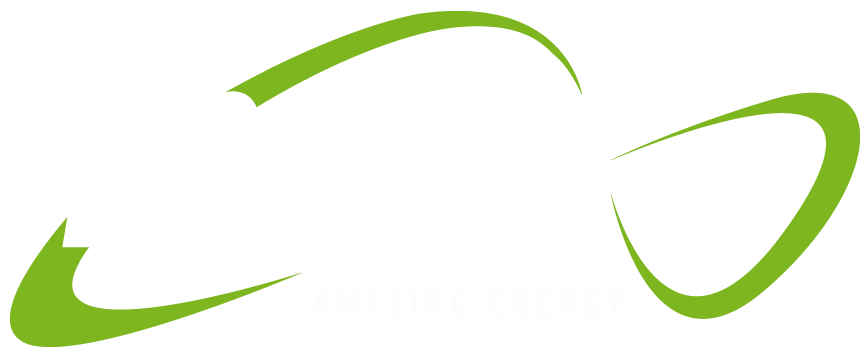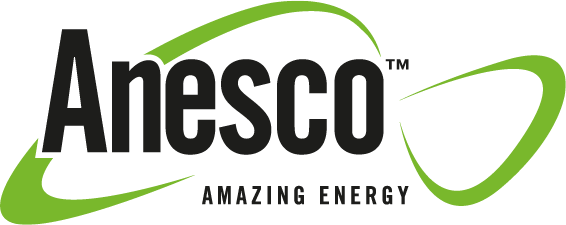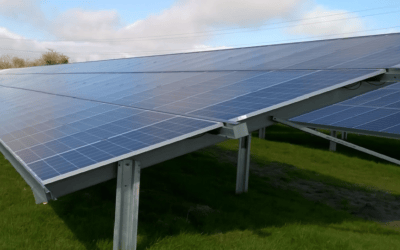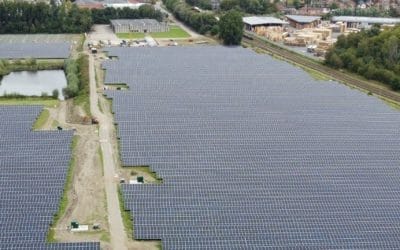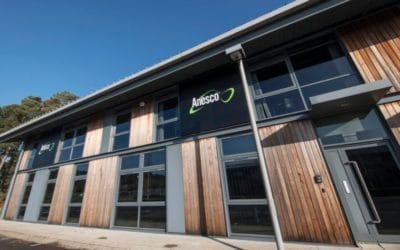The modern solar O&M market is unrecognisable from what it once was, with a shift towards proactive asset management that is benefiting not only investors, but the wider renewables industry.
Solar PV is one of the fastest-growing sources of renewable energy in the world. In the early days, solar installations were being built at speed, often to meet specific deadlines that were linked to a subsidy. Getting commissioned was the priority, with any thoughts around operation and maintenance (O&M) being secondary and the services provided purely reactive.
Flash forward to the present day and expectations of O&M are far higher. The emphasis now is on solar O&M contractors to provide a total wrap around solution, with the best practice approach being one of proactive action.
Modern O&M services aim to not only fix problems, but to prevent them. Going beyond that, they look to enhance performance through data analysis and a deep understanding of the solar assets themselves, with the potential to drive overperformance and uplift.
For the renewables industry, this has broad reaching implications, both for inspiring confidence among investors and government, and for ensuring the maximum yield is being achieved for the network by existing solar assets.
4 key benefits of best practice solar asset O&M services
1. Minimise operational costs through preventative maintenance
If a contractor understands a site’s core components, they can work on prolonging their life. Having experience and understanding for why certain errors might occur is key. Rather than just swapping out ‘bad’ parts at a significant cost, a good O&M provider will manage their usage. This is important, as operational costs can have a significant impact on the total levelised Cost of Electricity (lCOE) and overall profitability of a project.
2. Avoid performance dips through predictive maintenance
Predictive maintenance is a service currently provided by only a few O&M contractors who follow best practices principles. Analysts will use information provided by the systems and devices on site to evaluate and predict trends or events that might signal deterioration. By analysing historical data and identifying changes that might jeopardise the system, they can prevent potential failures that would otherwise result in safety issues or dips in performance.
3. Manage vital administration
Many O&M providers offer a managed services function, which can take care of key financial responsibilities and reporting. This includes the management of revenue streams associated with renewable assets and portfolios, ensuring the correct information is submitted at the right time and revenue is protected. For example, FITs, ROC, RHI, LECs and Power Purchase Agreements.
4. Mitigate health and safety risks
The solar asset owner will ultimately be responsible for H&S compliance, so it’s important to choose the right O&M contractor – one who understands the risks associated with solar installations and how best to mitigate them. Managing any risks posed to the health and safety of people, both in and around the scheme, should be a primary concern of all stakeholders.
As for the future, there are many new developments already on the horizon that will further shape the scope and capabilities of the sector as it evolves. One of the most exciting of these is the prospect of the UK’s evolving solar O&M industry one day being driven by AI and ‘smart’ solutions, based on advanced data mining techniques. Taking the capabilities of proactive asset management to a whole new level, this would see O&M services shifting yet again.
For more advice and inspiration, download our free guide: ‘The essential guide to derisking solar’
